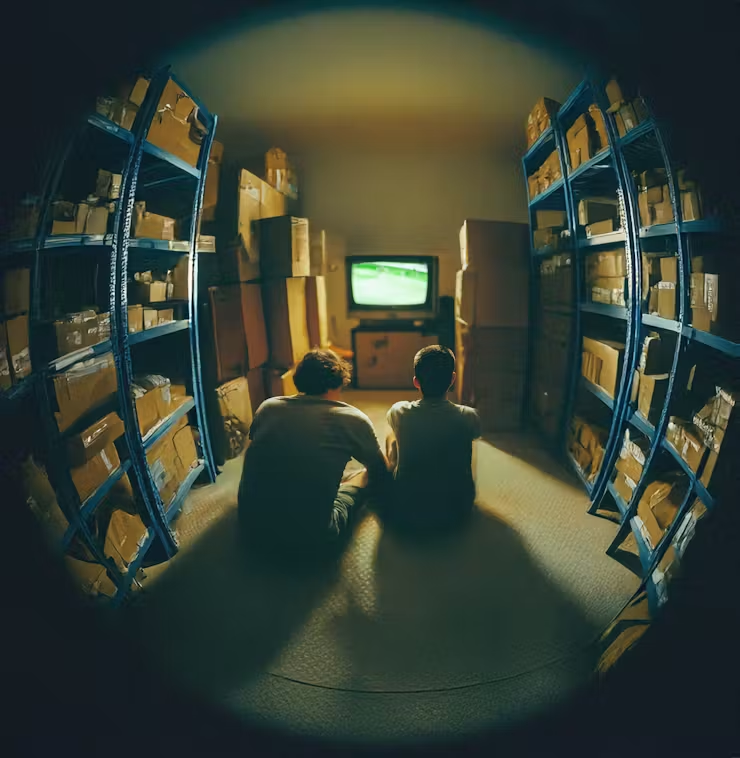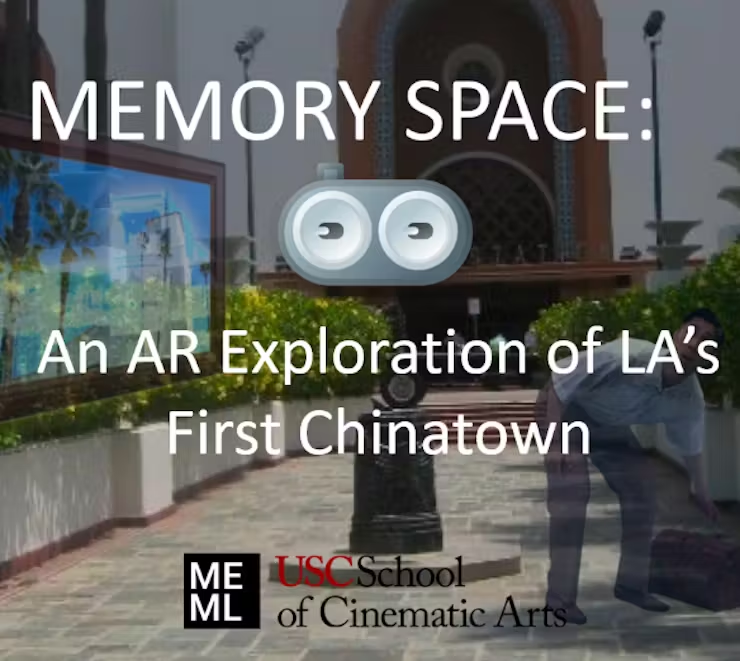- The USC Mobile & Environmental Media Lab is known for its pioneering research efforts in the area of ‘Ambient Storytelling’ through the application of Virtual, Augmented, and Mixed Reality technologies to develop unique interactive location-based experiences.

- Housed within USC’s School of Cinematic Arts, the lab’s design methodology straddles the cultures of visual storytelling, games, and interaction design. This approach combines conceptual tools of storytelling (dramatic arc, character motivation, conflict, obstacles, and resolution) with the core concerns of game design (systems, procedures, constraints, objectives, resources, core mechanics). The lab's research has explored context- and location-specific mobile storytelling, interactive architecture, vehicular and environmental lifelogging, and automotive experience design in collaborations with a wide range of industry partners including Intel, BMW, Steelcase, Microsoft, Google, and Niantic.
- Current research directions came out of early research about new models for mobile advertising in which the goal was to create compelling experiences in contrast to the current state of mobile advertising, which relies on banner ads or text messages. The idea of backstory, location and context-specific information about products and objects became a recurrent theme when thinking about new forms of advertising. This became the groundwork for our current research into ambient and mobile storytelling. In addition, the practice of lifelogging, or documenting and broadcasting one's daily activities with wearable computing devices, has been another important focus of our research. However, instead of people documenting their activities, we focus on designing lifelogs for the built environment. These lifelogs for physical spaces combine various building, environmental and human sensor data, as well as collaboratively authored character development. These elements, when combined, create the groundwork for ambient, mobile storytelling.
- Research Project Videos: https://vimeo.com/scameml





